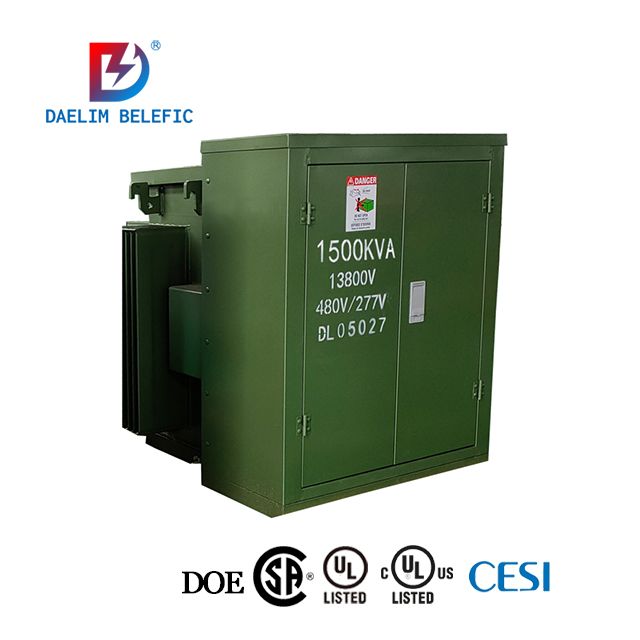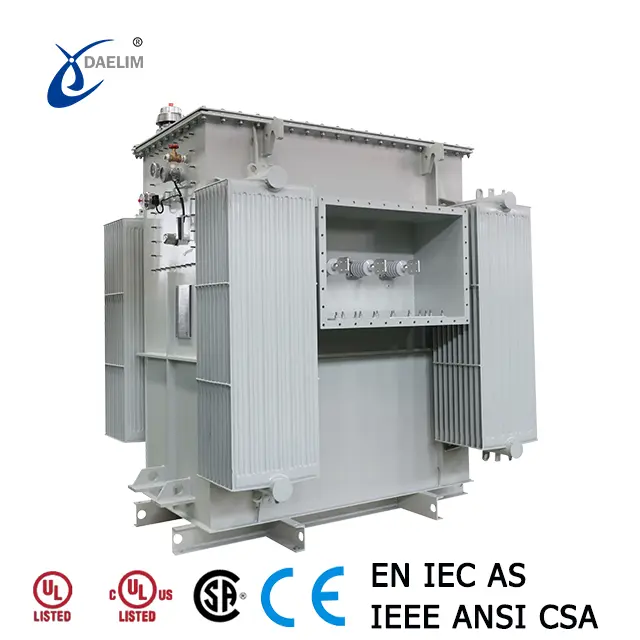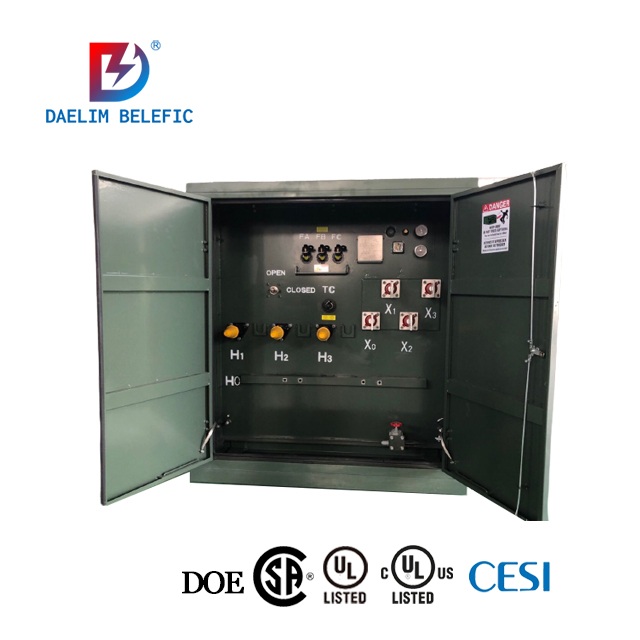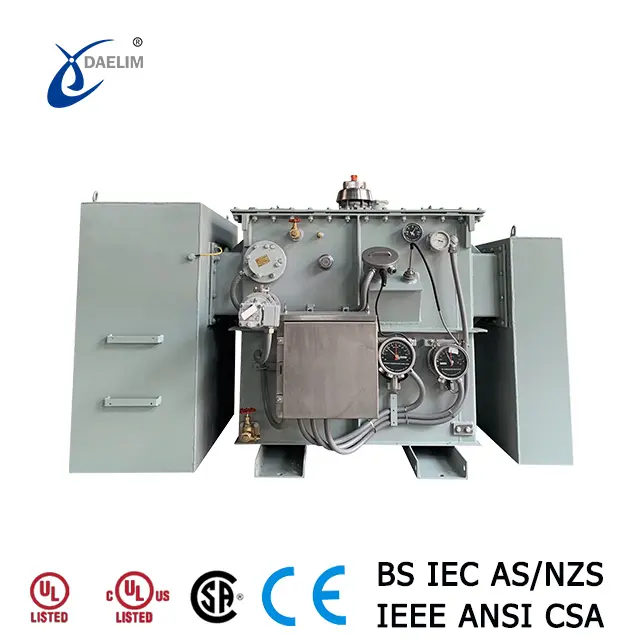Impact of Operating Temperature on Transformers
The operating temperature of a transformer plays a critical role in determining its service life and performance. The longevity of a transformer is primarily influenced by the aging rate of its winding insulation, which in turn is dependent on the temperature at the hottest point of the winding.
Aging of Transformer Insulation
The winding conductor and core of a transformer can generally endure higher temperature rises without sustaining damage. However, prolonged exposure to elevated temperatures significantly affects the insulation material of the winding. The key effects of high temperatures on insulation include:
-
Elasticity Loss: The insulation's elasticity diminishes over time when exposed to high temperatures.
-
Mechanical Strength Reduction: Prolonged heating weakens the mechanical strength of the insulation.
-
Aging Phenomenon: The insulation undergoes an aging process where it becomes increasingly brittle, leading to potential cracks and peeling.
As insulation ages, it loses its ability to effectively protect the winding, increasing the risk of electrical faults and reducing the transformer's reliability.
Temperature and Service Life Correlation
The relationship between the operating temperature of the winding's hottest point and the transformer's service life is stark. Under specified ambient temperature conditions:
-
At 95°C: If the hottest point temperature of the transformer winding is maintained at 95°C, the transformer can continuously operate for up to 20 years.
-
At 120°C: If the winding temperature rises to 120°C, the operational lifespan of the transformer drastically reduces to approximately 2.2 years.
This correlation highlights the exponential impact of temperature on the insulation's aging rate and, consequently, on the transformer's overall lifespan.
Conclusion
Maintaining an optimal operating temperature is crucial for the longevity and reliability of transformers. Excessive temperatures accelerate the aging process of the winding insulation, leading to a significant reduction in service life. Ensuring that the hottest point temperature remains within safe limits can help in maximizing the operational lifespan of transformers and maintaining their performance. For long-term efficiency and reliability, it is essential to monitor and control the operating temperature of transformers.
Related Products
Related Article
transformer Factory Acceptance Test( FAT )
The Transformer Factory Acceptance Test (FAT), including voltage, resistance, and load tests, to ensure transformer quality and functionality. Daelim Transformer requires all units to pass strict Factory Acceptance Testing (FAT) and meet or exceed test standards before shipment.
What is the difference between autotransformer and ordinary transformer?
Autotransformers differ from ordinary transformers by having both electrical and magnetic connections, smaller size, lower cost, and complex relay protection settings, whereas ordinary transformers only have magnetic connections and distinct primary and secondary windings.
Protection and Maintenance Methods for Oil Transformers
Prevent oil transformers from moisture and leakage, regularly monitor oil levels and temperature, ensure proper installation, and timely oil changes and drying. Pay special attention to storage time, sealing, and maintenance to ensure normal operation and insulation performance.
Temperature Protection and Maintenance for Transformers
Transformers require precise temperature protection, monitoring insulation grades, and appropriate oil types. Dry-type transformers trip at 130°C, oil-immersed at 90°C. In cold climates, FR3 fluid is recommended for its effective performance at -50°C.
Advantages of Transformer Yyn0 Vector Group
The Yyn0 vector group transformer offers distinct advantages in suppressing high-order harmonic currents and managing low-voltage single-phase ground short-circuit faults. However, it does have limitations regarding the handling of single-phase unbalanced loads, where the Dyn11 connection demonstrates superior performance. These characteristics should be carefully considered when selecting the appropriate transformer connection for specific applications to optimize performance and reliability.
How does the transformer transmit electrical energy?
Transformers convert AC power between voltage levels using electromagnetic induction, reducing current and energy loss in transmission lines. They consist of an iron core and windings, maintaining efficiency by transferring energy while minimizing energy consumption through lower current.






